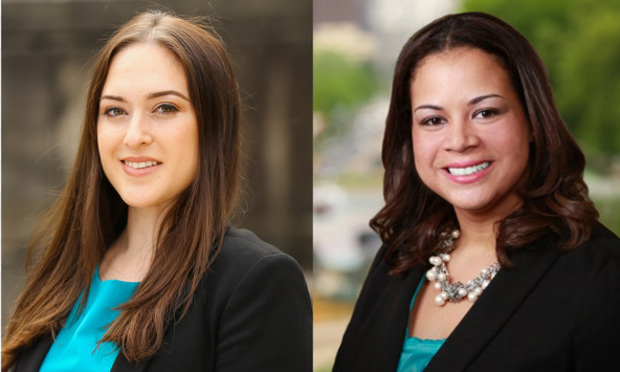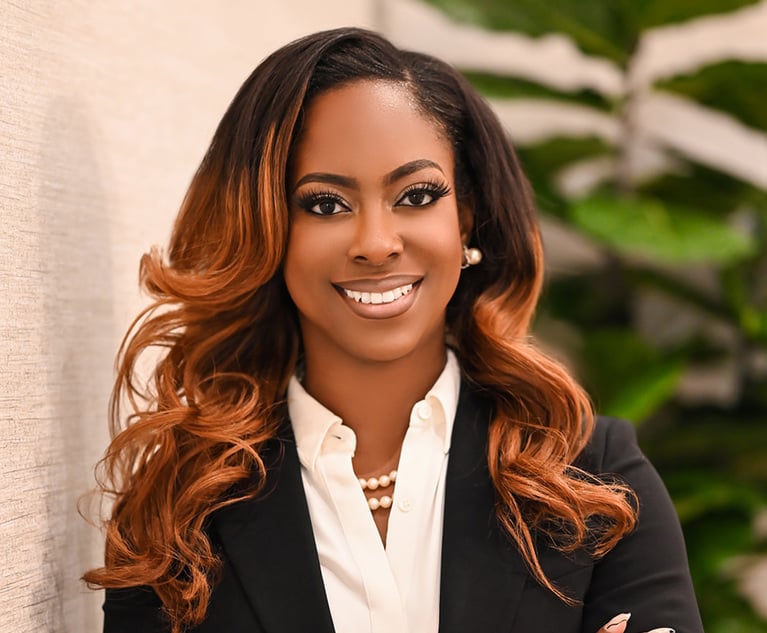The effects of implicit bias create huge potential for age, race and gender discrimination on college campuses—not only in the faculty recruiting process, but also in the recruiting process for students on campus. According to the Kirwin Institute for the Study of Race and Ethnicity at Ohio State University, implicit bias is “the attitudes or stereotypes that affect our understanding, actions, and decisions in an unconscious manner. These biases, which encompass both favorable and unfavorable assessments, are activated involuntarily and without an individual’s awareness or intentional control. Residing deep in the subconscious, these biases are different from known biases that individuals may choose to conceal for the purposes of social or political correctness. Rather, implicit biases are not accessible through introspection.” In a 2000 study, Cecilia Rouse, an associate professor at Princeton’s Woodrow Wilson School of Public and International Affairs, and Claudia Goldin, a professor of economics at Harvard University, found that the use of blind auditions during the audition process for symphonies, where the candidates’ identities were concealed by a screen, increased the probability that a woman would advance from the preliminary audition rounds by 50 percent. In a 2003 study conducted by the Massachusetts Institute of Technology and the University of Chicago, researchers sent out 5,000 résumés responding to job ads placed in the Boston and Chicago metro regions, randomly assigning stereotypical white-sounding names to some and stereotypically African-American names to others. The findings showed that those “applicants” with white-sounding names received an astonishing 50 percent more interview invitations than those with African-American names.
Even though bias tends to be an unconscious act (which is why it is so hard to address), there are steps university leaders can take to reduce biases in both the recruiting and hiring processes and facilitate a more diverse campus. Diversity creates a culture of acceptance, inclusion, and different perspectives, and is arguably needed now more than ever. According to the National Center for Education Statistics (NCES), college enrollment rates for young adults have been higher for women than men since 2000, and the total undergraduate fall enrollment increased for every racial/ethnic group from 1976 to 2008. However, according to an Association of American Colleges & Universities article, NCES also reported in 2008 that just under 20 percent of the nation’s professoriate consisted of people of color and, in certain disciplines (electrical engineering, mechanical engineering and physics), women make up less than 10 percent of the professors at the top 50 research universities.


 Fara Cohen and Melissa Hazel Davis, Griesing Law
Fara Cohen and Melissa Hazel Davis, Griesing Law




